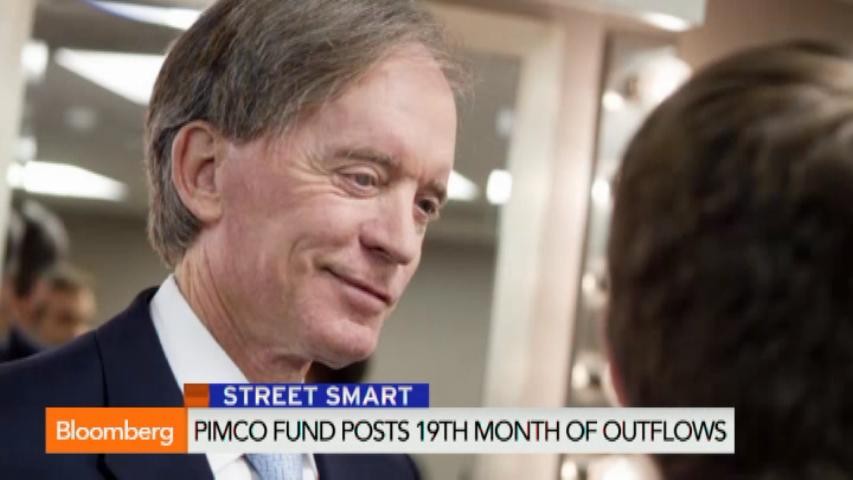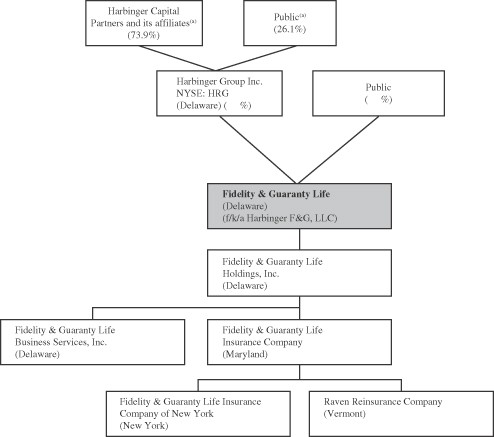Allianz Q3 A New Dividend Policy After Bill Gross Departure Good News For Income Investors
Post on: 16 Март, 2015 No Comment

Summary
- Allianz reported strong Q3 results.
- More importantly, a new shareholder remuneration policy was announced.
- Besides a higher payout ratio, it comprises dividend continuity and the outlook for share buybacks.
- The steps increase the company’s attractiveness for income investors.
When Allianz SE (OTCQX:AZSEY ) reported Q3 results on November 7, the stock gained 3.8% on that day. The jump cannot only be attributed to the strong quarter, but more to substantial changes in the corporation’s shareholder remuneration policy which were announced.
The Allianz group is Europe’s largest insurance company and a major global asset management firm. It has a market capitalization of 60B ($75B) and is a constituent of the German Dax as well as the European EuroStoxx 50 indices. Combined revenues stood at 111B in 2013 ($146B), and the group reported an operating income of 10.1B ($13.3B), which resulted into a net income of 6.0B ($7.9B).
The better than expected figures for the third quarter and the outlook for a substantial dividend raise have helped to soothe investors in a phase of unrest after Bill Gross’ unexpected departure from Allianz’ affiliate PIMCO in September. The surprising loss of the famous fund manager sent Allianz stocks south by 6% on the day it became public, only shortly after the shares have reached a five-year high in Euros a few days before.
In October, Allianz also announced that its CEO Michael Diekmann will step down after the next AGM in May 2015. This does not come as a big surprise since Diekmann’s contract was due to expire by the end of this year, and an extension was unlikely, since he has reached the company’s traditional retirement age of 60.
The unrest at PIMCO has caused some trouble as investors have pulled billions of dollars from funds since Bill Gross’ exit. In the recent earnings call. Allianz said that the outflows at PIMCO amounted to 49B in the third quarter, of which 30B occurred after Bill Gross’ departure. In October, the outflow continued and PIMCO ‘s star product, the PIMCO Total Return Fund Inst (MUTF:PTTRX ) saw withdrawals of approximately 23B and a somewhat smaller figure for other PIMCO funds.
In this context it is important to point out that PIMCO ‘s Total Return Fund has seen outflows for 18 consecutive months now, and that the volume, which peaked at nearly $300B in April 2013, was already down to $222B in August 2014.
Q3 Results
Allianz’ third quarter results were very solid with an increase of revenue by 14.5%, operating profit up by 5.2% and net income up by 11.2%. The company confirmed its 2014 outlook and is confident to deliver net earnings in the upper end of its target range (10B plus/minus 0.5B). This performance adds to a successful first half and brings nine months revenue up to 92.2B (+9.8%). The operating profit grew to 8.1B (+6.0%) and the net income to 5.0B (+5.5%). EPS stood at 10.95 after the first nine months.
After having recovered from the Great Recession, Allianz stocks suffered again during the European debt crisis, which marked a five-year low in fall 2011. In the years 2012 and 2013 the shares performed very well and reached new highs in 2014. In October, the stock fell to a 52-week low on a combination of the weakening Euro, the departure of Bill Gross, and the stock market turmoil.
AZSEY data by YCharts
The upward trend since 2011 is still intact and the new dividend policy should help to support the stock. All in all, Allianz announced three measures which increase the company’s attractiveness for income investors.
Higher Payout Ratio
The most important step is the increase of the payout ratio from 40% to 50% of the Allianz net income (attributable to shareholders), starting with the financial year 2014. Like most German corporations, Allianz pays only one annual dividend, and the payment date for the FY2014 dividend is the day after the Annual General Meeting (AGM) on May 7, 2015. Consequently, investors can expect the first significantly raised payment next year.

For FY2013, the company paid a dividend of 5.30, which already means an 18% increase versus the prior year, where the dividend stood at 4.50. For long-term oriented income investors it is highly important to look at the dividend consistency over a longer period of time. The following chart illustrates the development since 2001.
As it turns out, Allianz’ dividend has risen steeply in the two years before the financial crisis. The turbulence on the markets then caused a dividend cut from 5.50 to 3.50 and the FY2014 dividend will be almost certainly the first payment to exceed the pre-crisis level of 2007. Nevertheless, I believe that in terms of dividend continuity, the cut in FY2008 should not be overrated. The years 2006 and 2007 marked extremely strong years for Allianz and shareholders were rewarded pro rata.
Allianz Dividend in Euros for FY2001-2013
Source: Company website.
The EPS for 2014 are estimated at 13.90, of which 10.95 were already realized in the first nine months. Without the increase in payout ratio, higher earnings in 2014 alone should result in a dividend increase of about 0.20 to 0.30. Taking the new envisioned payout ratio of 50% into account, the dividend payment in 2015 can be estimated to be between 6.90 to 7.00, which would correspond to an overall increase of 31%. At the present share price, this would bring the yield up to 5.3%, making Allianz one of the highest yielding large caps in Europe.
Dividend Consistency
Secondly, Allianz has set itself the objective to maintain the dividend at least at the level paid in the previous year, thereby implying a bottom for its dividend. As mentioned before, the company has cut the dividend once in the past 13 years, in an extraordinary market phase. Compared to other stocks, particularly in the financial sector, Allianz did comparatively well. Over the past five years, the dividend yield was never below 4%.
Obviously, a minimum dividend cannot be guaranteed, but an official statement to at least maintain the dividend is already a strong sign. If it can indeed be fulfilled, depends on the quality of the balance sheet, and Allianz has defined a clear criterion which has to be met. The condition for a continuous dividend is a sustainable Solvency II ratio above 160%, and at the end of Q3 this ratio stood slightly above 200%, giving a good margin of safety.
Potential Special Dividends/Share Buybacks
Finally, Allianz aims at evaluating and paying out the unused budget that is kept for external growth every three years. The first evaluation will take place at the end of 2016. So far, 20% of the net income is kept for potential bolt-on acquisitions. This decision opens the door for further shareholder remuneration in the form of special dividends or share buybacks and Allianz has not yet decided which way to pursue. Since the evaluations are planned once in three years, it would probably make more sense to return capital by share repurchases which could be stretched over a longer period, e.g. over the following three years until the next scheduled evaluation takes place. This approach would also be a more continuous and flexible way of rewarding shareholders compared to one-time dividend payments.
Assuming a net income of 6.3B which is the current estimate for 2014 and using the same figures for the next two years, Allianz’ war chest would be filled with 3.8B if nothing was spent on acquisitions. In other words, a maximum amount of 8.28 could be available as extra dividend per share. Alternatively, Allianz could repurchase 6.2% of its share capital at today’s price.
Conclusion
Allianz is on track to deliver very solid results in 2014. Based on the expected 2014 EPS, the stock has a PE ratio of only 9.5 and is very conservatively valued. The new shareholder-friendly remuneration policy which was recently announced increases the attractiveness for income investors and brings the dividend yield to an exceptional level.
Disclaimer: Opinions expressed herein by the author are not an investment recommendation, any material in this article should be considered general information, and not relied on as a formal investment recommendation. Before making any investment decisions, investors should also use other sources of information, draw their own conclusions, and consider seeking advice from a broker or financial advisor.
Editor’s Note: This article discusses one or more securities that do not trade on a major U.S. exchange. Please be aware of the risks associated with these stocks.
Disclosure: The author is long ALIZF. (More. ) The author wrote this article themselves, and it expresses their own opinions. The author is not receiving compensation for it (other than from Seeking Alpha). The author has no business relationship with any company whose stock is mentioned in this article.














